"Information means reduction of uncertainty" - From "The Audio Revolution" - by Alex Danco

My alt version - switching focus from things ("info") to actions ("relax"):

"Information means reduction of uncertainty" - From "The Audio Revolution" - by Alex Danco

My alt version - switching focus from things ("info") to actions ("relax"):


A graph database combining
- trusted sources
- existing ontologies for anatomy and injuries
- videos and social media posts
to provide a comprehensive resource for fitness, health, injury prevention, strength, aesthetics, and conditioning
A source code for team flow - Team flow potential is now the holy grail of agile - by Bonnitta Roy
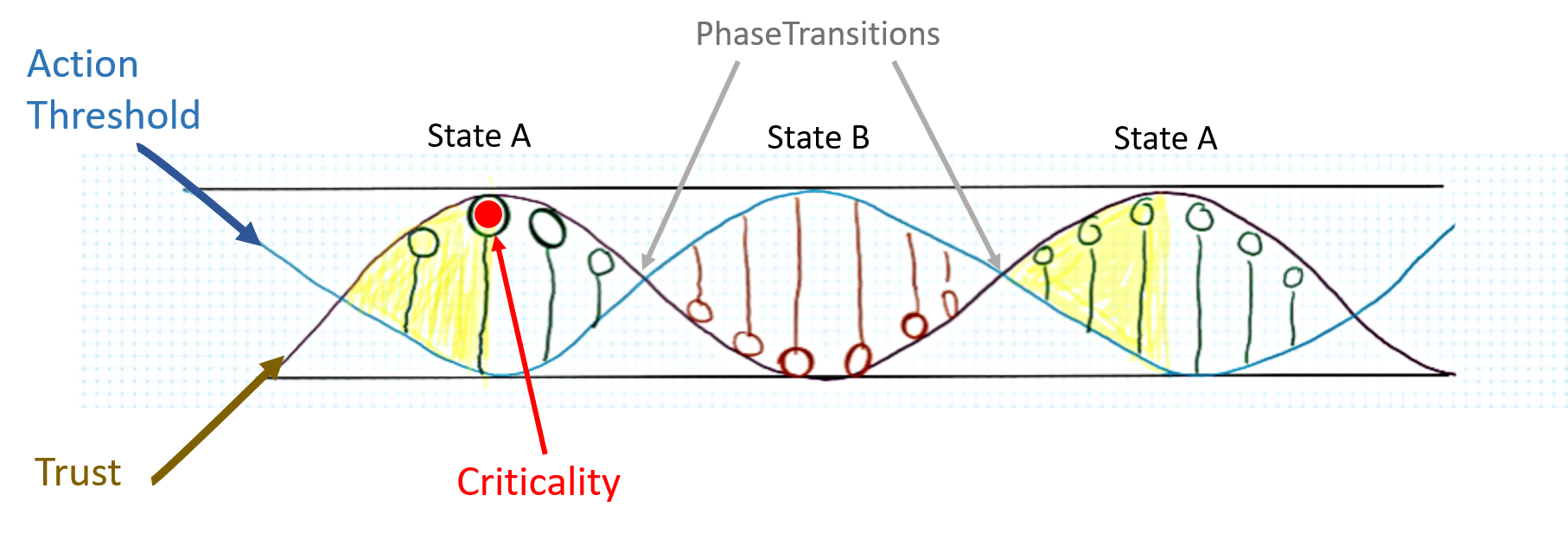
Finding the needle in the haystack is easy: Simply don't search for it, relax and realize that you are the needle and the haystack.

"An ounce of practice is worth a ton of theory" - Paramahamsa Hariharananda
"To know and not do, is not to know." - Wang Yangming
Yūgen (幽玄) – Deep Awareness of the Universe

“Yūgen is an important concept in traditional Japanese aesthetics. The exact translation of the word depends on the context. Yūgen is not an allusion to another world. It is about this world, this experience…
“To watch the sun sink behind a flower clad hill. To wander on in a huge forest without thought of return. To stand upon the shore and gaze after a boat that disappears behind distant islands. To contemplate the flight of wild geese seen and lost among the clouds…” ~Zeami Motokiyo
Japanese aesthetic ideals are most heavily influenced by Japanese Buddhism. In the Buddhist tradition, all things are considered as either evolving from or dissolving into nothingness. This “nothingness” is not empty space. It is rather a space of potentiality.
If the seas represent potential then each thing is like a wave arising from it and returning to it. There are no permanent waves. There are no perfect waves. At no point is a wave complete, even at its peak. Nature is seen as a dynamic whole that is to be admired and appreciated.
This appreciation of nature has been fundamental to many Japanese aesthetic ideals, “arts,” and other cultural elements. In this respect, the notion of “art” (or its conceptual equivalent) is also quite different from Western traditions..
Japanese aesthetics is a set of ancient ideals that include “wabi” (transient and stark beauty), “sabi” (the beauty of natural aging), and “yūgen.” These ideals, and others, underpin much of Japanese cultural and aesthetic norms.. Thus, while seen as a philosophy in Western societies, the concept of aesthetics in Japan is seen as an integral part of daily life.
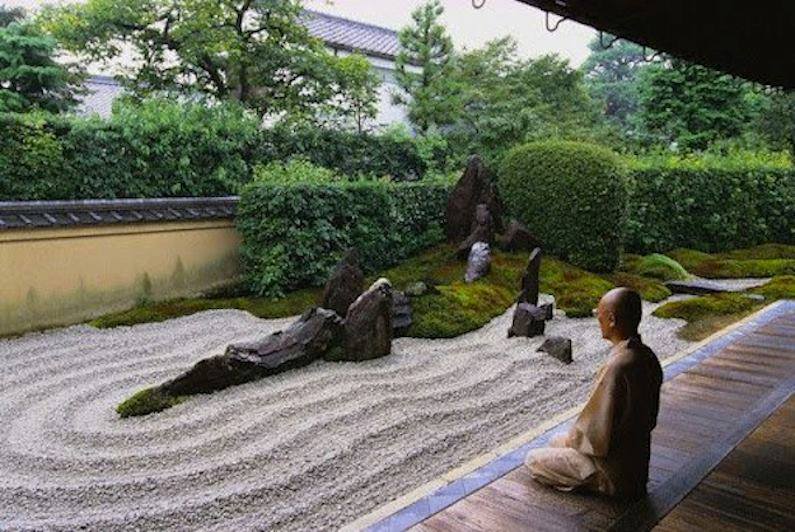
Wabi and sabi refers to a mindful approach to everyday life. Over time their meanings overlapped and converged until they are unified into wabi-sabi (侘寂), the aesthetic defined as the beauty of things “imperfect, impermanent, and incomplete.”
Things in bud, or things in decay, as it were, are more evocative of wabi-sabi than things in full bloom because they suggest the transience of things. As things come and go, they show signs of their coming or going and these signs are considered to be beautiful.
In this, beauty is an altered state of consciousness and can be seen in the mundane and simple. The signatures of nature can be so subtle that it takes a quiet mind and a cultivated eye to discern them. In Zen philosophy there are seven aesthetic principles for achieving wabi-sabi.
Fukinsei (不均整): asymmetry, irregularity; Kanso (簡素): simplicity; Koko: basic, weathered; Shizen (自然): without pretense, natural; Yugen (幽玄): subtly profound grace, not obvious; Datsuzoku (脱俗): unbounded by convention, free; Seijaku (静寂): tranquility, stillness.
Each of these things are found in nature but can suggest virtues of human character and appropriateness of behaviour. This, in turn suggests that virtue can be instilled through an appreciation of, and practice in, the arts. Hence, aesthetic ideals have an ethical connotation and pervade much of the Japanese culture.”
Principle text source: Wikipedia – Japanese Aesthetics
Western society has nearly completely lost the infrastructure that could support complex thinking - thread by Samo Burja
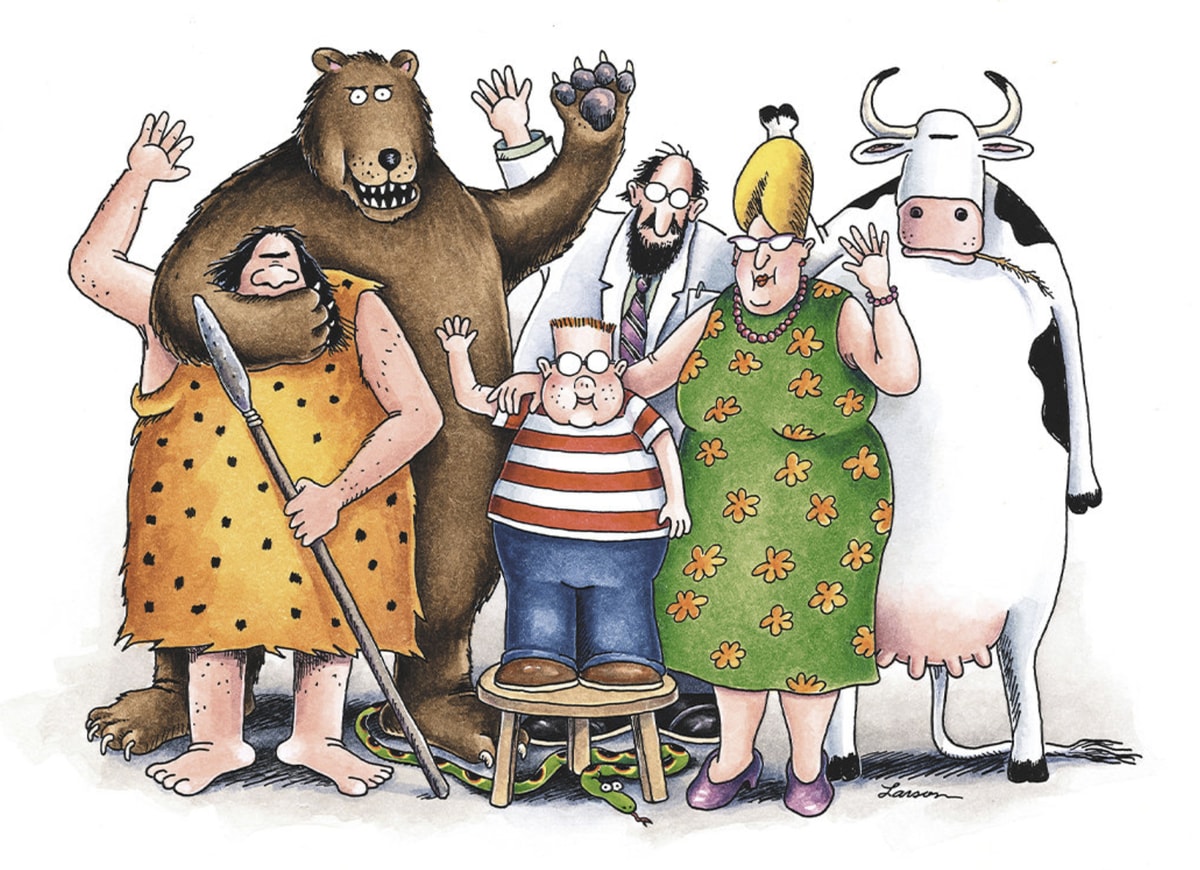
- A culture open to voicing accurate observations about itself. Every capable thinker voices these early in life before they learn better, if this disqualifies them, the culture cannot support original thinkers.
- Viable economic niches. Academia is much too contested. Silicon Valley allows for some original thinking, but the thinking isn't what provides returns.
- Viable social niches. Trust fund kids don't have a leisured class that values thought they could join. The role of public intellectual is extinct, it is possible to be a popularizer. Comparable to say Polybius.
- Viable knowledge succession. Deep mentoring is considered unfair, threatening or cult-like. The assumption is always that the most recent experts have the best information in a field.
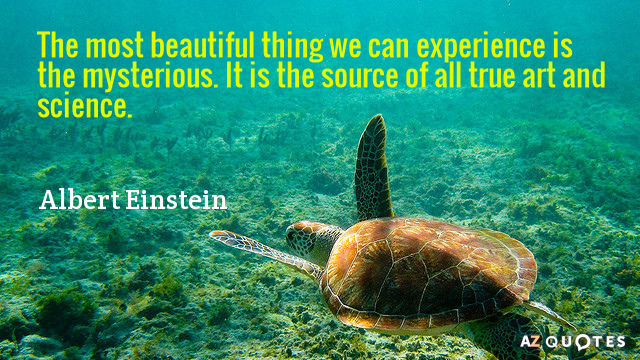
“The possession of knowledge does not kill the sense of wonder and mystery. There is always more mystery.” ― Anaïs Nin
“The mystery of life isn't a problem to solve, but a reality to experience.” - Frank Herbert
"All science is merely a means to an end. The means is knowledge. The end is control. Beyond this remains only one issue: Who will be the beneficiary?" - Silent Weapons for Quiet Wars
Brandolini's law: The amount of energy necessary to refute bullshit is an order of magnitude bigger than to produce it.
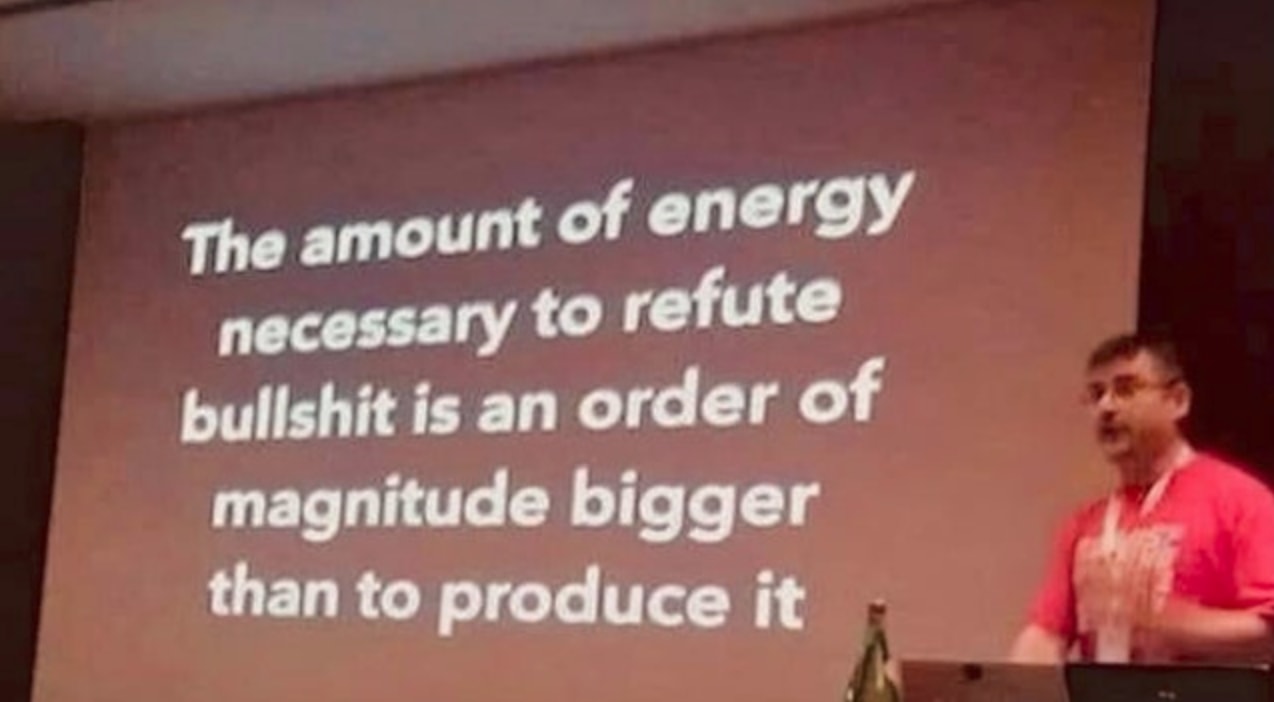
“But the power of instruction is seldom of much efficacy, except in those happy dispositions where it is almost superfluous.” - Edward Gibbon
Pieter Hintjens (1962 - 2016) on Patents
"Patents are a medieval economic tool by which politicians attempt to stimulate trade and wealth by banning innovation and competition in crucial areas of technology"

"House prices fall and bad debt shakes the financial markets across the US and Europe. Bankers look nervously at their portfolios of consumer debt and mortgages. But some analysts say that it's patents, not houses or loans, that will tip the global financial market into crisis"
The power of stories in Knowledge Management

So why are stories so powerful as a means of sharing knowledge?
- They remind us that knowledge comes from the real experience of real people. People "just like you". Knowledge is not an abstract thing; it's grounded in reality. In the case of this video concerning danger trees, it's grounded in the reality of risk, injury and death. It's "hard-won" knowledge.
- They convey emotion, in the way that the written word cannot. In the video above, the emotion is a very healthy respect for the dangers that trees present. In fact, the video identifies "normalisation of risk" as an issue, and the stories certainly would discourage anyone to become blasé about the risk from trees. The emotion in the first story also acts as a sobering introduction which compels you to treat the rest of the video very seriously. You think "this could happen to me if I'm not careful".
- The great thing about stories is that everyone has a story to tell. If you see someone else share their story, it legitimises you to share your own. This is the concept of social proof; if you want to promote a behaviour in your organisation, show real stories of people exhibiting that behaviour. If you want people to share knowledge from failure, then show stories of people talking about failure (as an example of this, see the NASA "my best mistake" compilation). This legitimises others to share their failure stories, and the knowledge they have gained as a result, and starts to bring about culture change.
- You can use the stories to convince senior managers of the value of KM. Senior managers will support Knowledge Management if they believe it can be done, and can add value. Like most people, they "believe it when they see it". My colleague Ian Corbett speaks below about using video testimony from a young engineer as social proof to convince senior managers of the value Knowledge Management can bring.
So think about the value of stories when it comes to transferring knowledge. There may be more benefits than you think.
